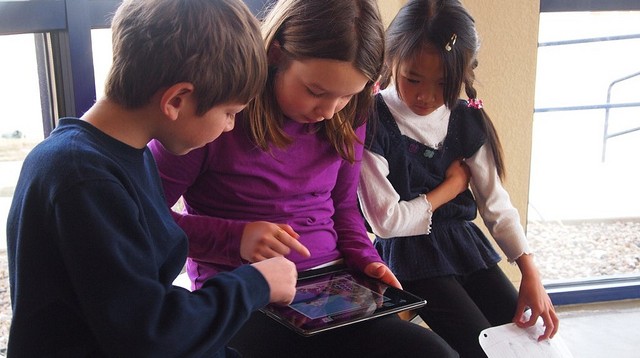
By Sam Gliksman
The following is the first of a series of excerpts from Gliksman's book iPad in Education for Dummies.
The digital aspect of storytelling raises the art to a new level of experience. The emergence of technology and digital media has resulted in some significant departures from the traditional role of storytelling in education: Stories have become media-rich experiences. Billions of mobile devices are in the hands of people worldwide, and an ever-increasing percentage of those devices contain video cameras, still cameras, and microphones. Whenever anything of personal significance happens, it can be captured and chronicled in digital media that we edit, process, and publish. Within minutes, that moment is available to friends and family around the world. Media has become the language of today.
Reading and writing remain crucial educational components. However, if you want to prepare students for life in 21st-century society, it’s essential to help them develop and use a broad range of communication skills. Schools have begun to recognize the importance of multimedia use in education. Fortunately, with its built-in microphone, camera, and a host of multimedia apps, the iPad is an extraordinary tool for creating and integrating multimedia into education.
When you think of storytelling from a traditional perspective, you might conjure up any of these images of Danny Kaye telling a story to a group of children seated on the ground; a kindergarten teacher reading a book to a group of young students; a parent reading a bedtime story to a child. The common thread is the clarity of role definition: The adult tells the story, and the child listens; the teacher imparts knowledge, and the students listen and learn. (That’s the theory, anyway.) All those images show a clear relationship between adult and child, expert and learner, craftsman and apprentice.

